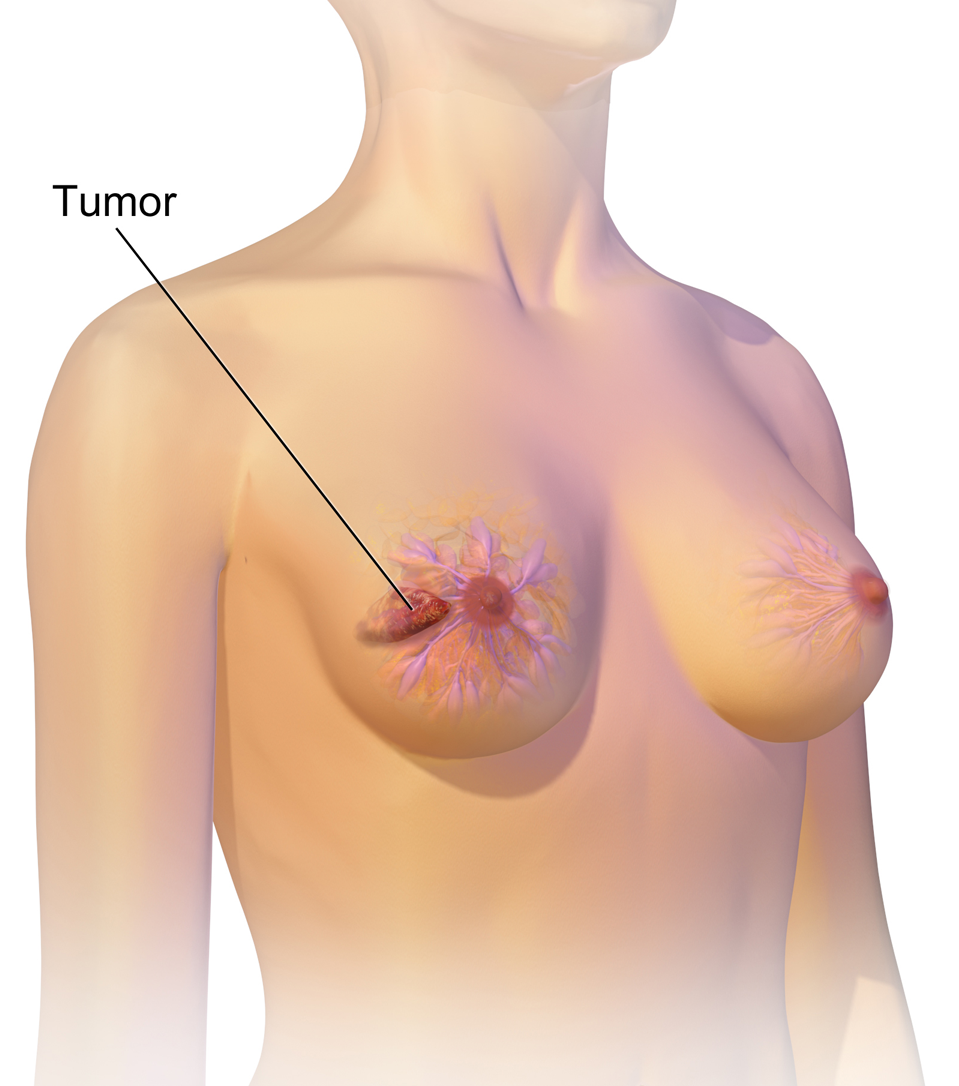Breast Cancer Detection: Harnessing the Power of Machine Learning
Breast Cancer Detection: Harnessing the Power of Machine Learning
Introduction:
Breast cancer continues to be a pressing global health concern, impacting millions of women worldwide each year. The timely identification of this condition is crucial for improving treatment outcomes and saving lives. In recent years, machine learning has emerged as a promising tool in various domains, including medical diagnostics. This article explores the ways in which machine learning algorithms can be utilized to detect breast cancer, emphasizing the importance of accurate and efficient diagnostic tools.
Understanding Breast Cancer: A Complex Condition
Before delving into the role of machine learning in breast cancer detection, it is essential to grasp the fundamentals of this condition. Breast cancer occurs when abnormal cells in the breast undergo uncontrolled growth, forming tumors. These tumors can be either benign (non-cancerous) or malignant (cancerous). Malignant tumors have the potential to invade neighboring tissues and spread to other parts of the body, underscoring the critical need for early detection.
Traditional Approaches vs. Machine Learning
Historically, the detection of breast cancer has relied on methods such as mammography, ultrasound, and biopsy. While these approaches have proven effective, they are not without limitations, including false negatives and false positives. Machine learning algorithms offer a promising alternative by leveraging extensive datasets to identify patterns and generate accurate predictions.
Machine Learning Techniques for Breast Cancer Detection
1. Feature Extraction: Unlocking Insights from Breast Images
A crucial step in breast cancer detection is the extraction of features—specific characteristics or attributes of breast images that help distinguish between benign and malignant tumors. Machine learning algorithms excel at automatically extracting these features, saving time and reducing the potential for human error. Commonly observed features include texture, shape, and pixel intensity.
2. Leveraging Supervised Learning Algorithms: Guiding Predictive Models
Supervised learning algorithms, such as Support Vector Machines (SVM), Decision Trees, and Random Forests, can be trained using labeled datasets to classify breast tumors as benign or malignant. These algorithms learn from historical data and apply this knowledge to make predictions on new, unseen data. Optimizing their performance involves fine-tuning hyperparameters and incorporating techniques like cross-validation.
3. Exploring Deep Learning and Convolutional Neural Networks (CNN): Unleashing the Power of Image Analysis
Deep learning techniques, particularly Convolutional Neural Networks (CNN), have gained significant attention in medical image analysis, including breast cancer detection. CNNs can automatically learn hierarchical features from raw image data, enabling the detection of intricate patterns that may not be readily discernible to the human eye. Transfer learning, which involves fine-tuning pre-existing models on breast cancer-specific datasets, has shown promising results in improving detection accuracy.
Practical Implementation in Python
To illustrate the practical implementation of breast cancer detection using machine learning, we present a simplified example implemented in Python. In this demonstration, we utilize the scikit-learn library, a renowned machine learning framework, along with the Breast Cancer Wisconsin (Diagnostic) Dataset. This dataset contains features computed from breast mass images.
```python
# Importing necessary libraries
from sklearn.datasets import load_breast_cancer
from sklearn.model_selection import train_test_split
from sklearn.svm import SVC
from sklearn.metrics import accuracy_score
# Loading the breast cancer dataset
data = load_breast_cancer()
X = data.data
y = data.target
# Splitting the dataset into training and testing sets
X_train, X_test, y_train, y_test = train_test_split(X, y, test_size=0.2, random_state=42)
# Initializing and training the Support Vector Machine (SVM) model
model = SVC()
model.fit(X_train, y_train)
#
Making predictions on the test set
predictions = model.predict(X_test)
# Evaluating the accuracy of the model
accuracy = accuracy_score(y_test, predictions)
print(f"Accuracy: {accuracy}")
```
In this example, we load the breast cancer dataset, split it into separate training and testing sets, and then train a Support Vector Machine (SVM) model. We subsequently make predictions on the test set and evaluate the model's accuracy.
Conclusion: Empowering Early Diagnosis and Advancing Cancer Detection
The utilization of machine learning for breast cancer detection holds tremendous potential in enhancing early diagnosis and saving lives. By leveraging advanced algorithms and extensive datasets, machine learning techniques can augment the accuracy and efficiency of conventional detection methods. The extraction of features from breast images, coupled with supervised learning algorithms and deep learning techniques, enables accurate predictions regarding the presence of malignant tumors. Practical implementations in Python, such as the one demonstrated in this article, empower researchers and practitioners to develop and deploy effective systems for breast cancer detection. Continuous research in this field and further advancements in machine learning are vital in the ongoing fight against breast cancer.


Post a Comment